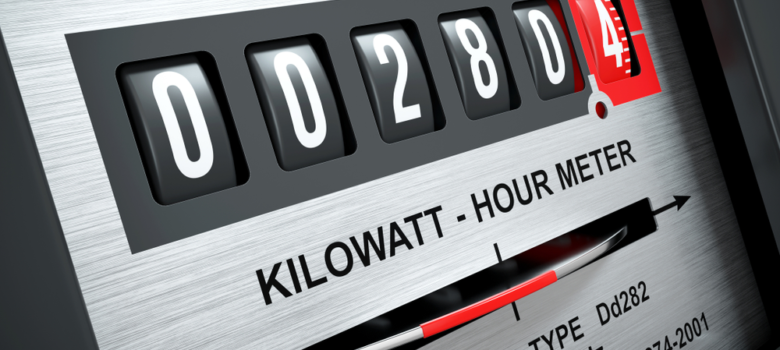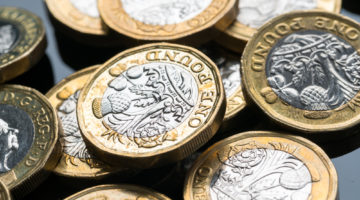
Energy tariffs – which one are you on, which one should you be on, and what is actually the difference?
Standard rate energy tariffs
The standard tariff, also known as a ‘default’ tariff, has a variable rate, which means it is subject to changes (usually rises) as the energy market changes. This is the tariff your energy supplier will put you if you haven’t specified otherwise. For example, if you switched to a cheap tariff a few years ago but the contract came to an end, you may have been moved over to a standard rate tariff.
Benefits: No exit fees and complete flexibility. You can leave any time you like.
Drawbacks: It’s generally much more expensive than the other tariffs on offer, and you have no guarantee of future prices. Despite recent legislation to keep the price of standard rate tariffs down, it’s still one of the most expensive ways to buy energy.
The GreenAge says: Avoid like the plague.
Fixed price energy tariffs
A fixed price energy tariff is one that is set by the energy company and will stay at that same fixed rate for a set period of time. Generally this is a year, but it can be longer. It’s a great way to avoid the brutal price hikes that so many people of variable tariffs can get hit by, however it also prevents the price from falling if the price of energy falls.
It doesn’t mean that your bill will be the same each month (that’s still dependent on your usage), but rather that the cost per-unit of energy will be fixed.
Benefits: It protects your bills from inflating prices, and gives a level of predictability.
Drawbacks: If the price of energy drops and energy companies start charging less, you’ll be left out and continue paying the same price per unit. Some companies also charge exit fees for leaving a fixed price tariff contract early.
The GreenAge says: If you don’t mind paying a bit more for peace of mind and a predictable cost of energy, this is for you.
Dual fuel energy tariffs
A dual fuel energy tariff does what it says on the tin – two types of fuel. It’s a type of tariff specifically designed for customers to get their electricity and gas from the same supplier.
Benefits: Convenience. After all, why go to the butchers, the bakers, the fishmongers and the cheese shop when you could just go to Tesco? It’s easy and simpler to get the services you need in one go.
It’s also true that energy companies often make these some of the most attractive deals in order to get you using them for both gas and electric. They’re like your needy ex, they don’t like seeing you with anyone else (Ricky, I’m looking at you).
Drawbacks: Some dual fuel tariffs will lure you in with big discounts, but even after these discounts could still be more expensive than an alternative supplier.
The GreenAge says: Some people will choose a dual fuel energy tariff because it’s cheapest for them, while for other it’s a convenience thing.
Prepayment energy tariffs
A prepayment tariff is any kind of system that requires you to pay as you go. A lot of these require you to to have a key, token or card that can be taken to a newsagents and topped up, but more modern systems might allow you to make payments online. They’re fairly common in social housing.
Benefits: You always know what you’re using and what you’re spending, it’s impossible to get a surprise bill.
Drawbacks: They’re almost always more expensive than fixed energy deals.
The GreenAge says: Avoid them if you can, but if you’re stuck with a prepayment system then make sure you’re on the best deal. You can still switch between suppliers, though it might require a new meter.
Economy 7/10 energy tariffs
Instead of offering a fixed rate, Economy 7 allow you to use energy cheaply during off peak hours and then charge you more during the day. Economy 10 is the same principle, though less common.
It’s all down to the way energy generation works. Places like coal and nuclear plants can’t be turned off, which is fine until we’re all asleep, using very little energy, and these power plants are still pumping power out. That’s why Economy 7/10 exist, to encourage people to use this extra energy instead of putting further pressure on the grid at peak times.
That said, Britain is aiming to be coal free by 2025, while many of our biggest nuclear plants are reaching the end of their life. We can therefore expect to see fewer and fewer Economy 7/10 tariffs around in the coming years.
Benefits: If you use most of your energy at night, it’s the perfect way to save money.
Drawbacks: If you don’t time your energy use right, it can be significantly more expensive than other forms of energy use.
The GreenAge says: If you have storage heaters, this is the only kind of tariff you should be on, but make sure you know the hours if the lower rate! Only 4 in 10 people surveyed by Citizens Advice were confident they knew when their off-peak time was.
Green energy tariffs
As you probably guessed, a green tariff is one that promises to provide you with renewable energy. However all is not what it seems.
The energy you get will be coming from the national grid, which continues to work as normal. That means that, if you live next door to a coal plant, the energy you get will be coming from there. The source of your energy is actually all about proximity.
What a green tariff actually does is creates a commitment for the supplier to be putting green energy into the grid. Although your own energy might not have been generated by renewable sources, an equivalent amount of energy will be put into the grid from renewable sources.
Benefits: Supporting clean energy, helping protect the environment and grow UK renewables. Hooray!
Drawbacks: The idea that your energy will be coming from 100% renewable sources is misleading. They can also be a little pricier than other tariffs.
The GreenAge says: Despite the fact that your energy being from renewable sources is not guaranteed, Green tariffs still support renewable energy over other sources.
Think we missed something? Do you have a different opinion?
Comment below to get your voice heard…











why does everyone say you should switch all the time? seems a bit silly
I’m with Kelly, I don’t understand how jumping between suppliers and tariffs would save anyone money, it’s just faff!
If your tariff ends, the energy company is likely to move you onto a more expensive default tariff. Unless you switch, you’ll be paying over the odds for your energy use 🙂